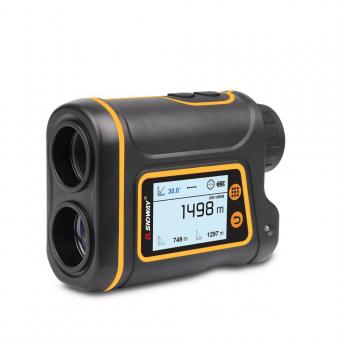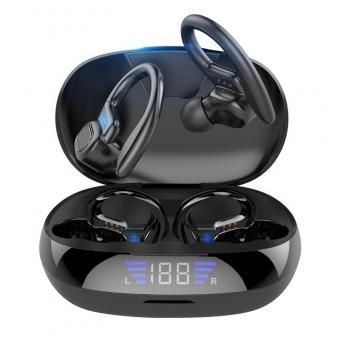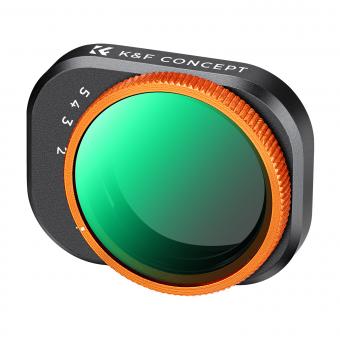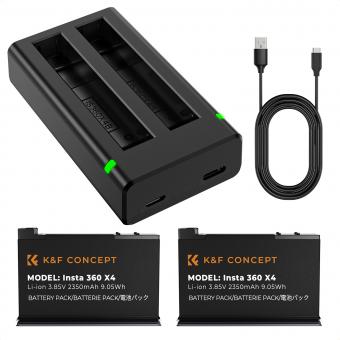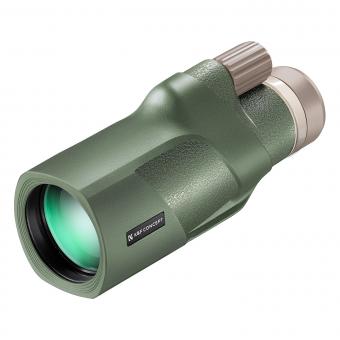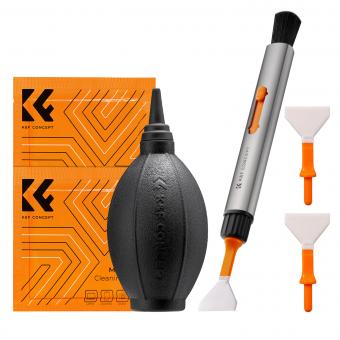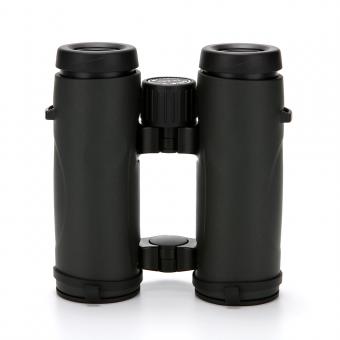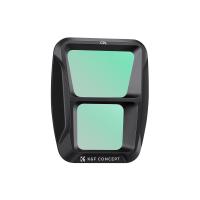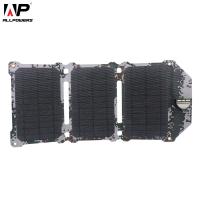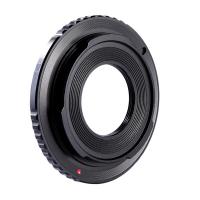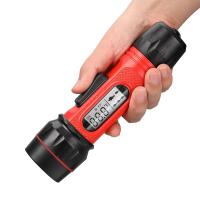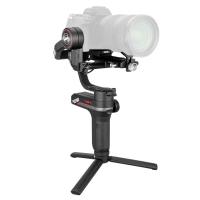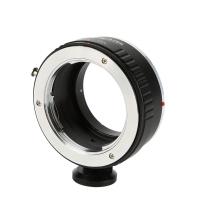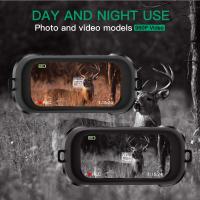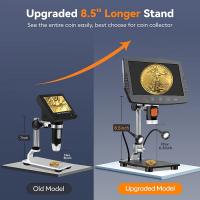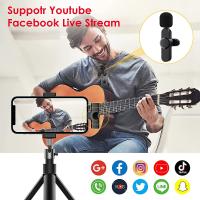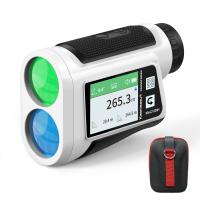What Do You Need For Stargazing ?
To go stargazing, you will need a clear night sky, a location away from light pollution, warm clothing, a comfortable chair or blanket to sit on, and a red flashlight to preserve your night vision. You may also want to bring a telescope or binoculars to enhance your viewing experience. It is important to check the weather forecast and moon phase before heading out to stargaze.
1、 Telescope types and features
What do you need for stargazing? Well, the most obvious answer is a telescope. But not all telescopes are created equal, and choosing the right one can make all the difference in your stargazing experience.
There are three main types of telescopes: refracting, reflecting, and catadioptric. Refracting telescopes use lenses to bend and focus light, while reflecting telescopes use mirrors. Catadioptric telescopes use a combination of lenses and mirrors. Each type has its own advantages and disadvantages, so it's important to do your research and choose the one that best fits your needs.
In addition to the type of telescope, there are also various features to consider. Aperture, or the diameter of the telescope's main lens or mirror, is one of the most important features to consider. A larger aperture allows for more light to enter the telescope, resulting in brighter and clearer images. However, larger apertures also mean larger and heavier telescopes, which can be more difficult to transport and set up.
Other features to consider include the focal length, magnification, and mount type. The focal length determines the telescope's magnification, while the mount type determines how the telescope is positioned and moved. There are two main types of mounts: alt-azimuth and equatorial. Alt-azimuth mounts are simpler and easier to use, while equatorial mounts are better for tracking objects as they move across the sky.
Finally, it's worth noting that the latest point of view in stargazing is the use of computerized telescopes. These telescopes use GPS and other technology to automatically locate and track celestial objects, making stargazing easier and more accessible than ever before. However, they can also be more expensive and complex to use, so it's important to weigh the pros and cons before making a purchase.
2、 Eyepieces and magnification
What do you need for stargazing? One of the most important things you need is a good telescope. However, having a telescope alone is not enough. You also need the right accessories to enhance your viewing experience. One of the most important accessories for a telescope is eyepieces. Eyepieces come in different sizes and magnifications, and they can greatly affect the quality of your viewing experience. The right eyepiece can make a big difference in the clarity and brightness of the objects you are observing.
Magnification is also an important factor to consider when stargazing. The magnification of your telescope will determine how close you can get to the objects you are observing. However, it's important to note that higher magnification doesn't always mean better viewing. In fact, too much magnification can actually make the image blurry and difficult to see. It's important to find the right balance between magnification and clarity.
In addition to eyepieces and magnification, there are other accessories that can enhance your stargazing experience. A good star chart or app can help you locate and identify objects in the night sky. A red flashlight can also be helpful for navigating in the dark without disrupting your night vision.
Overall, stargazing can be a rewarding and enjoyable hobby, but it's important to have the right equipment and accessories to make the most of your experience. Eyepieces and magnification are just a few of the important factors to consider when choosing your stargazing equipment.
3、 Star charts and maps
What do you need for stargazing? One essential item is star charts and maps. These tools help you identify the stars, constellations, and other celestial objects visible in the night sky. They also provide information on the best times and locations to view specific objects.
In recent years, technology has made stargazing even more accessible. There are now numerous apps and websites that offer interactive star charts and maps. These tools use your location and time to provide a real-time view of the night sky, complete with labels and information on each object.
However, it's important to note that while technology can be helpful, it's not always reliable. In some cases, the glare from your device can interfere with your ability to see the stars. Additionally, technology can fail or run out of battery, leaving you without a guide.
Therefore, it's still a good idea to have physical star charts and maps as a backup. They don't require batteries or an internet connection, and they can be used in any lighting conditions. Plus, there's something special about holding a physical map and using it to navigate the night sky.
In summary, while technology has made stargazing more accessible, it's still important to have physical star charts and maps as a backup. These tools are essential for identifying and locating celestial objects, and they can be used in any lighting conditions.
4、 Light pollution and dark sky locations
What do you need for stargazing? The most important thing is a clear view of the night sky. This means finding a location with minimal light pollution and a dark sky. Light pollution is caused by artificial light sources, such as streetlights and buildings, that create a glow in the sky and make it difficult to see stars. To avoid light pollution, it's best to go to a location away from cities and towns, such as a national park or rural area.
Dark sky locations are areas that have been designated as having minimal light pollution and are ideal for stargazing. Many organizations, such as the International Dark-Sky Association, work to preserve these areas and promote awareness of the importance of dark skies. In addition to finding a dark sky location, it's important to check the weather forecast and choose a clear night for stargazing.
Another important factor for stargazing is having the right equipment. A telescope or binoculars can enhance the viewing experience and allow you to see more detail in the night sky. It's also helpful to have a star chart or app to help identify constellations and other celestial objects.
In recent years, there has been growing concern about the impact of satellite constellations on stargazing. Companies such as SpaceX have launched thousands of satellites into orbit, which can create bright streaks in the sky and interfere with observations. While this is a developing issue, it's important to be aware of the potential impact on stargazing and to support efforts to minimize the impact of satellite constellations on the night sky.



